The new year brings with it a vow to live more intentionally, to celebrate the magic of our existence and all the world has to offer. We stop to smell the roses and declutter our homes. We seek to spark joy and gather gratitude in the little things. We focus on experiencing the moment, being mindful.
All too often, however, the joy of eating and drinking fall by the wayside. We’re inundated with messages regarding what, when and how much we should eat, yet rarely how we should approach the act of eating itself.
In our rush to lower carbs and increase protein, to refuel our bodies after a workout or build a barrier of immunity through antioxidant-rich superfoods, taking the time to appreciate a meal can feel like a luxury we can’t afford.
The good news is that it’s quite the opposite. Learning – or in some cases relearning – to take pleasure in food is an ordinary, yet extraordinary step to living life to fullest. We nourish our bodies. Why not nourish our souls at the same time?
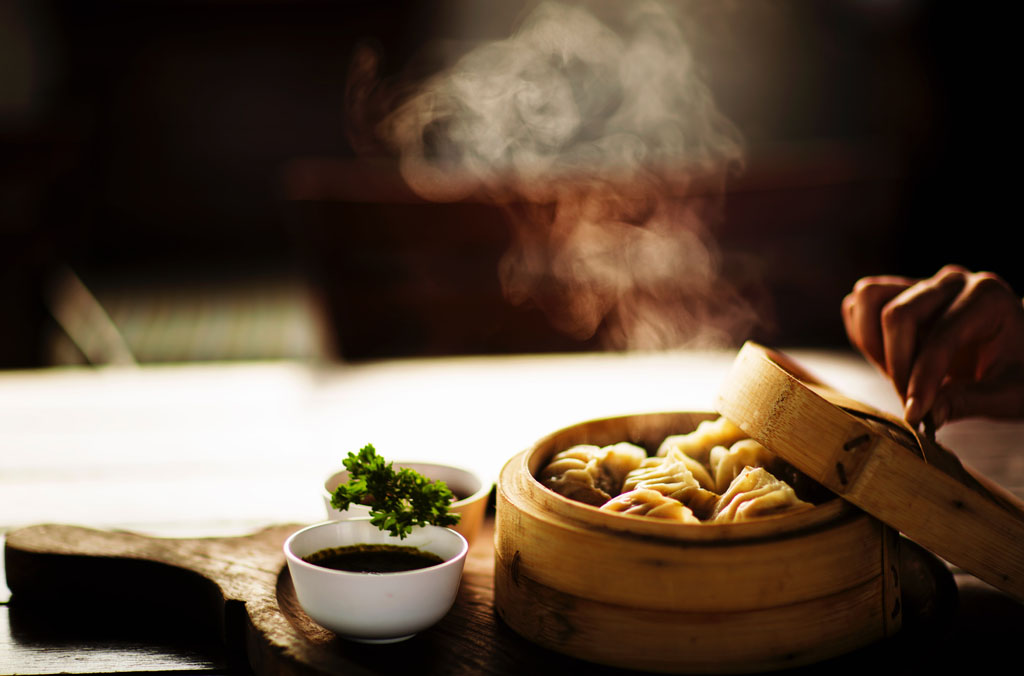
Savour The Flavour
The Italian gastronome and wine writer Luigi Veronelli coined the term vini da meditazione (‘meditation wines’), an expression he applied to wines that fall outside the realm of culinary accompaniment. Gourmet etiquette teaches us to thoughtfully pair food and wine in order to elevate their respective structural and aromatic qualities. He, however, argued that certain wines should be enjoyed on their own. Richly aromatic dessert wines, complex, full-bodied wines, or wines that had evolved over many years in the cellar deserved our full attention. A taste meditation.
Veronelli was equally passionate about the power of food and flavour. He fiercely advocated to protect regional cuisine in the wake of globalised agriculture. His efforts led to a greater valorisation of origin, the unique roots and story of a place and its importance at the table. Take more than a moment with every bite. To savour is to truly taste, from the Latin root sapor – to taste – which evolved to the French savorer– to taste, to inhale, to appreciate, and to care for.
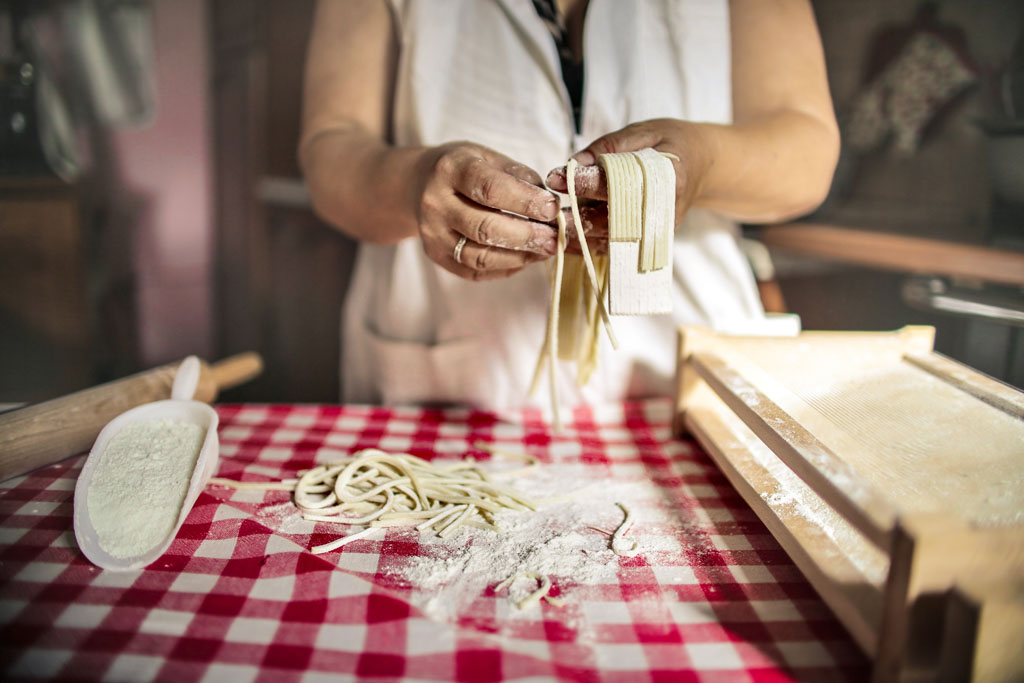
Being Present
Whether or not we realise it, every time we eat or drink we participate in a greater ecosystem, a tapestry of history, geography and biodiversity, not to mention the culture and care that goes into creating a meal – right down to the sprinkling of parsley atop spaghetti with clams.
Many of our favourite foods were born out of rituals and symbolism, like lamb at Easter or the entirety of the Passover seder, or discovered and developed for their medicinal properties, like the spice blends of India that are rooted in 5,000 years of Ayurveda.
Pause to relish what is on your plate and where it came from. Even when dining alone, there is a fortifying sense of belonging in the world, which makes the experience even more delicious and satisfying.
Indulge in ritual. Take comfort in food traditions that you associate with loved ones. It may be tempting to turn to the web for a quick and easy recipe, but there’s nothing like cracking open a family cookbook and carefully separating the pages, stained and sticky after a generation of sitting open by the stove.
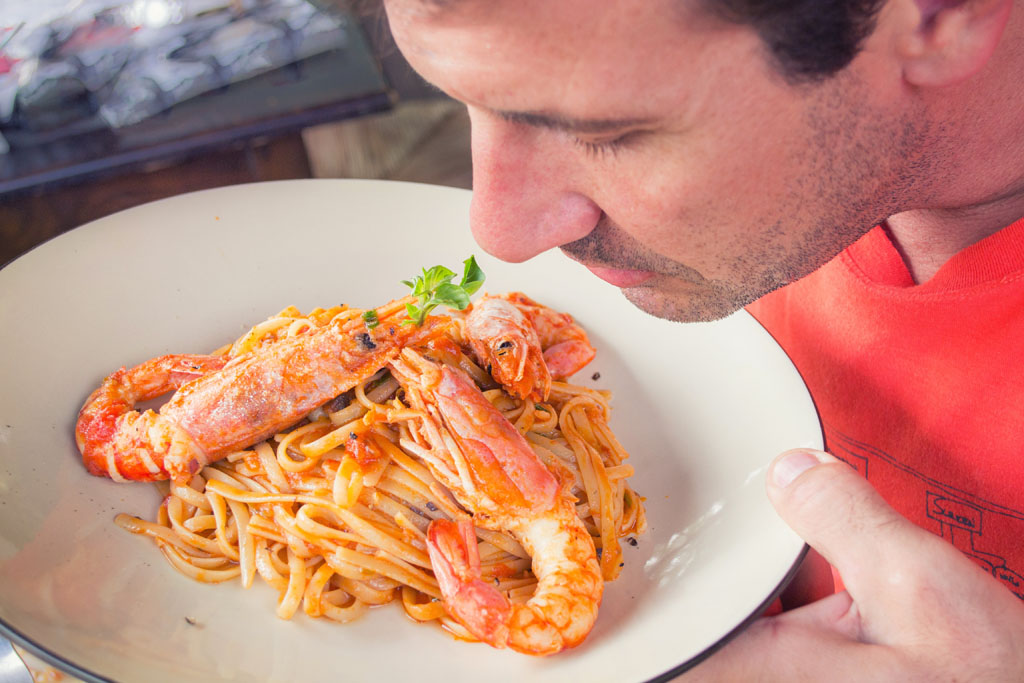
Breathe In
Our most primal sense of smell has the power to radically alter our mood in ways that far surpass the temporary effects of an aromatherapy massage.
Not only do we associate smells with memories, but thanks to an ancient neurobiological pathway designed to protect us, smells can actually tell us where we are and who’s around.
For many people, the whiff of a certain perfume evokes the warm hug of a favourite aunt, an olfactory embrace that is instantly comforting. Mood and memory go hand in hand. There is a singular joy that accompanies a rush of nostalgia.
Breathe Out
Taste begins with smell, but after we chew, swallow and exhale, we taste more profoundly. Retronasal olfaction is a crudely technical term for the transcendent experience of deeply tasting food. Close your eyes and imagine that first bite and the audible “mmm” through pursed and upturned lips.
Chewing and swallowing engages flavour and sensation receptors on the tongue, while exhalation forces complex aromatic compounds up the back of the throat and deep into our memory and pleasure centre, the orbital frontal cortex. There’s no denying that we need food for survival, but our bodies were built to enjoy it.
Take the time to smell and taste your food. It’s a delicious experiment.
Unlike other animals that only need a sniff or two, humans are far more dependent on our other senses, like sight and sound, to know that we are in the right place, that we are safe. We use our hands to determine whether or not fruit is ripe or fish is fresh. Rather than using one super sense, we have evolved as multi-sensory creatures.
There is no better place than at the table to put them all to good use, and when we engage all of our senses, we are that much more alive.
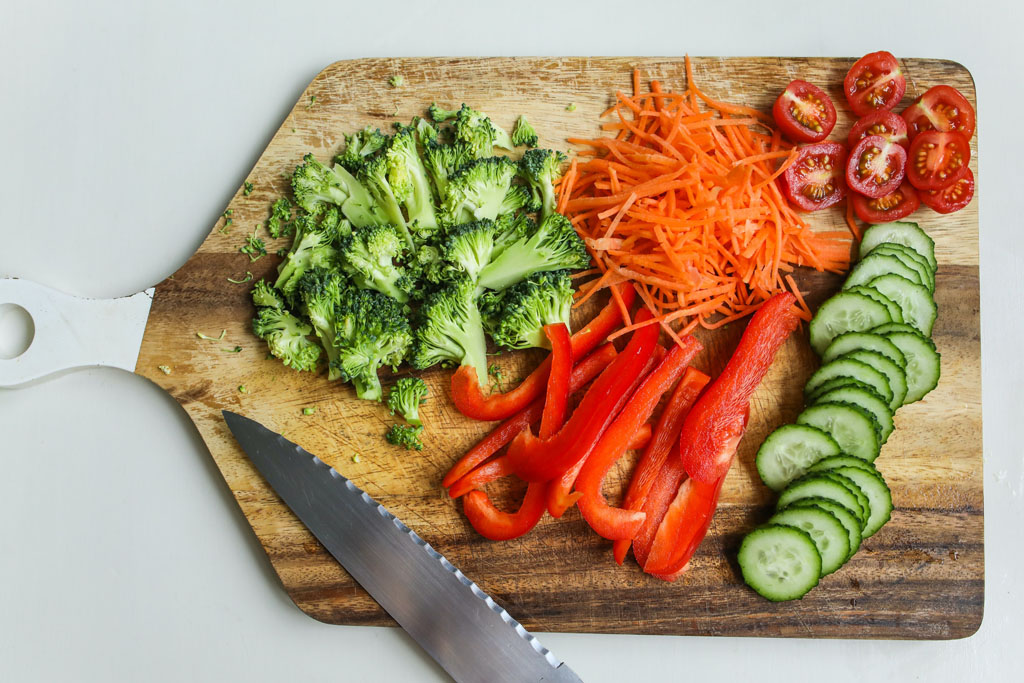
Listen Up
For many people, the process of eating begins with cooking.
The sound of chopping crunchy root vegetables like carrots or beets on a wooden board is a meditation in itself. While you’re there, take a moment to notice the rich smell of soil they exude. The same goes for greens. Crisp leafy lettuces, bell peppers and celery release a blast of vibrant green with the snap of their skins, an invigorating freshness you can hear and smell.
Eyes Alive
Take a moment while peeling, chopping, and plating food to observe the shapes and colours of your ingredients. Colours and colour combinations have proven to be stimulating, inviting, calming – or the opposite. Play with contrasting and complementary colours the next time you arrange julienned vegetables on a platter or a meal on plate.
The idea is similar to that of Mark Rothko’s ‘multiform’ paintings, which may appear to be none other than colour blocking, but on closer inspection they pulsate with energy and emotion. Unlike most large-scale canvasses, they are designed to observe at a close distance so as to experience the intimacy and impact that Rothko felt while creating them. They come to life before our eyes, but only if we take the time to look. So it is with the plate.
Food photography has been around long before glazed spaghetti strands and impossibly stacked hamburgers graced the ‘Gram. Consider the term, food porn: images captured so intimately that we can practically feel and taste them.
Take this mentality to your table. What is on your plate has the power to move you and your company. Use the good porcelain and the pretty glasses. Garnish with care, consider portions and proportions. Treat each meal like a work of art.


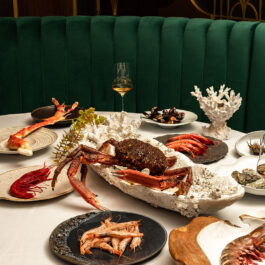










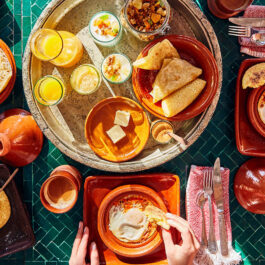
Sorry, the comment form is closed at this time.